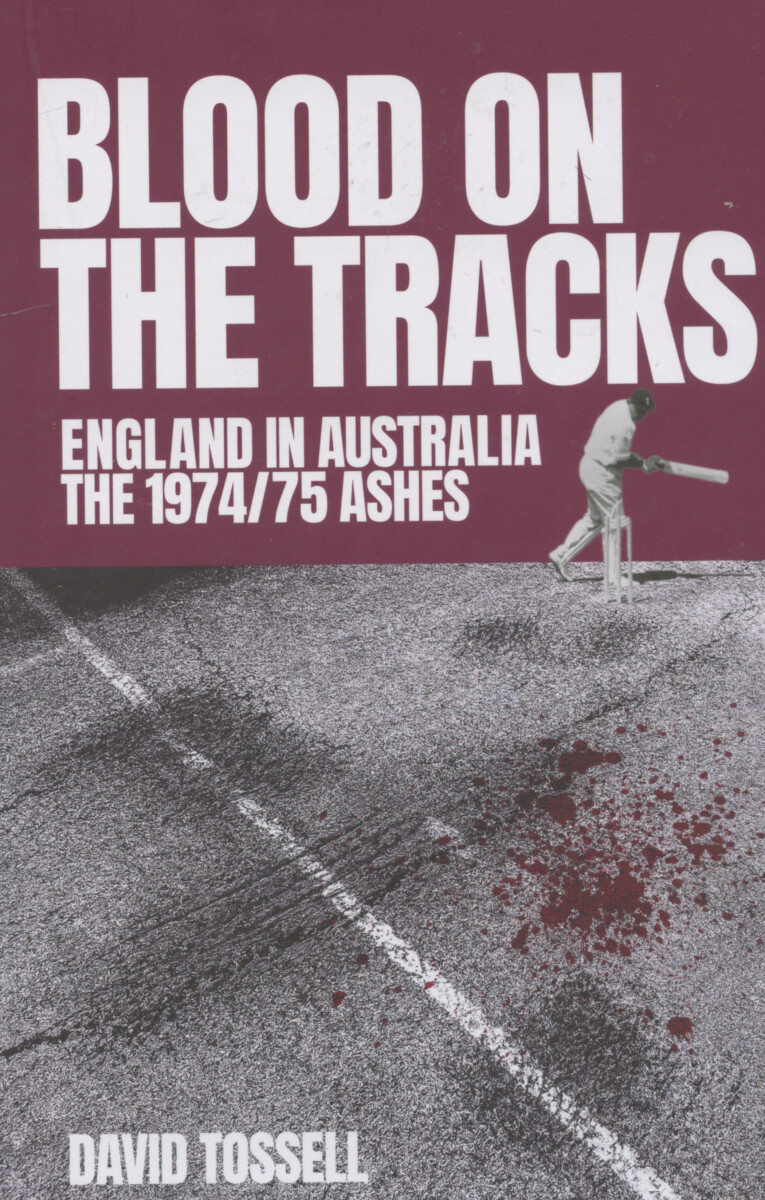
News
RAIN STOPS PLAY
Rain, hail and showers halted our first trial game for the 2018-19 on the Mornington Peninsula yesterday. It gave me the opportunity to sit back and re-read one of my favourite books: Near Death on the Sub-Continent, the story of 4-Test South Australian Gavin Stevens.
 It can be read in an afternoon and is truly compelling, despite Stevens’ only brief flirt with fame.
It can be read in an afternoon and is truly compelling, despite Stevens’ only brief flirt with fame.
One of the first full-length biographies from The Cricket Publishing Company in Sydney, Near Death delves in depth into Australia’s double tour to India and Pakistan in 1959-60. The bald statistics of Australia’s 4-1 win-loss record in eight Tests do not give the slightest hint of the off-field mayhem.
Stevens was to play only a cameo role, as he contracted the most serious strain of hepatitis and at one stage was in near critical condition.
The giant NSW fast bowler Gordon Rorke also fell seriously ill, Rorke losing three stone in as many weeks having eaten some raw fish which triggered complications including bleeding from the rear.
Several more of the squad, including the Queenslander Ken Mackay were quarantined upon their return to Australia.
So short on numbers were Richie Benaud’s team that manager, Sam Loxton, rising 39, was enlisted as a substitute with players succumbing to all sorts of gastric strains. After having two bouncers hit for four, he realised he wasn’t as quick as he used to be.
Tours of India and Pakistan were a huge health risk back then, and the task of playing eight Tests in 77 days with just 15 players was Herculean. To try and reduce illness, the players brushed their teeth in Foster’s Lager, having signed declarations that they were alcoholics.
The fourth day’s play in the second Test in Karachi, the last to be played on a coir matting wicket, was witnessed by the President of the United States, Dwight D Eisenhower. Just 104 runs were scored all day. He wasn’t to return.
This little known double-tour was covered by just one journalist, AAP’s Wally Pugh who agreed to Stevens’ request to downplay the severity of his condition so as not to alarm loved ones back home in Adelaide.
While Australia was winning the fourth Test in Madras, a stricken Stevens was languishing in hospital, violent episodes of vomiting leaving him so weak and distraught he wished he was dead.
In mid-tour, some promised tour payments were delayed and Loxton, ever pugnacious, told his hosts: ‘No money… no Test’.
Stevens had made the tour by default after senior opening batsman, Sydney’s Jim Burke refused to tour, ending his international career. Other big-name players including Alan Davidson and Neil Harvey were also reluctant to commit, before being told by Sir Donald Bradman that if they wanted to continue to play Australian-soil Tests, they couldn’t afford to pick and choose where and when they played overseas.
Then 27, Stevens figured in four of the early Tests, averaging 16 and stopped playing altogether on return to run a Tom the Cheap supermarket.
Bradman told him one day how disappointed he was that he hadn’t continued his career even at Sheffield Shield level. ‘With all due respect Don,’ said Stevens, ‘the Board don’t pay the payers well enough to compensate them for the loss of earnings while they are away. That tour cost me money and I couldn’t afford to play cricket for Australia.’
His wages with South Australia were just thirty shillings per day. Cricket in the ‘50s was purely an amateur sport. For all his greatness and vision, the Don and the ultra-conservatives on the Board did the leading cricketers no favors
Compared with the big names in the game, especially his old captain Richie Benaud, Stevens felt embarrassed to be called an Australian Test player, but years later Bradman wrote to him saying how he had thoroughly deserved his selection in 1959 and should be proud of his career. It remains a cherished letter for the now 86-year-old living on the Gold Coast.
Stevens was a boyhood hero for the author David Jenkins, who has written his story with compassion and skill, without bypassing the tough moments. The book was published in 2009 in a limited run of just 300 copies, a talisman for a run of fascinating life stories… all in limited edition.






